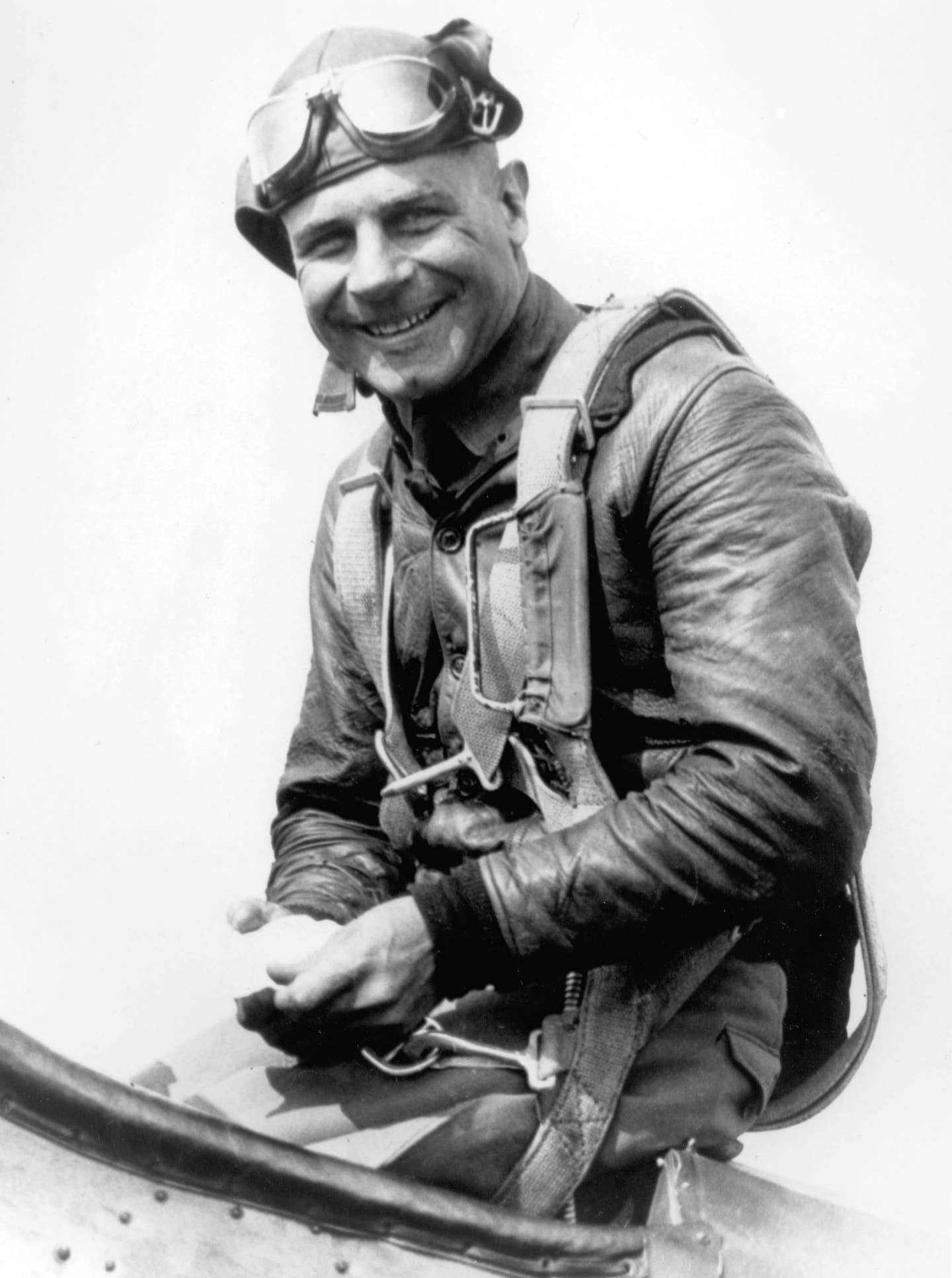This Incredible Pilot: Jimmy Doolittle
Jimmy Doolittle was a man of firsts. First flight across the country. First flight solely by reference to instruments. First successful outside loop. In fact, it could be said that…

When the U.S. entered WWII in 1941 after the Japanese attack on Pearl Harbor, Doolittle volunteered. [public domain image]
Jimmy Doolittle was a man of firsts. First flight across the country. First flight solely by reference to instruments. First successful outside loop.
In fact, it could be said that he is, in many ways, responsible for flying as we know it. Yet it was the U.S. air raid of Tokyo on April 18, 1942, that would put James “Jimmy” Doolittle in the history books.
Doolittle began his military service in 1917 when he enlisted as a Signal Corps Reserve flying cadet. He received his Reserve Military Aviator rating from the U.S. Army in 1918 and would spend the remainder of World War I as a flight instructor in the States.
Doolittle must have made an impression as an incredible pilot even then. As WWI ended, he was recommended by three fellow officers for retention in the U.S. Army Air Forces. The native of Alameda, California, who spent much of his youth in Nome, Alaska, before returning to the Los Angeles area, would become one of the most prolific flyers of the interwar period, always in the service of the Army.
In 1922, Doolittle became the first pilot to fly across the country—from Jacksonville Beach, Florida, to Rockwell Field in San Diego. This led to earning his first Distinguished Flying Cross award.
Doolittle was a man who valued education. In 1925, he became one of the first to earn a doctoral degree in aeronautical engineering from the Massachusetts Institute of Technology, putting it to use serving at McCook Field in Dayton, Ohio, where he worked on aircraft acceleration tests. He soon set a speed record for seaplanes, flying an average of 232 mph.
In 1928, Doolittle would find himself based at Mitchel Field in Long Island, New York. It was there that he assisted in the development of the artificial horizon as well as the directional gyroscope. He would make his first flight solely by instruments in 1928. Doolittle resigned his regular commission in the Army in 1930 but remained in the Reserve Corps.
By 1940 he found himself back on active duty. World War II had started in Europe, and it seemed inevitable that the U.S. would become involved. Doolittle would spend time in Europe gaining information on other countries’ air forces, and he brought that knowledge back to America. He also advised large automobile manufacturers on how to convert their plants to produce airplanes in the war effort.
When the U.S. entered WWII in 1941 after the Japanese attack on Pearl Harbor, Doolittle volunteered and was approved to lead the first aerial raid on Japan. It was something unheard of to fly bombers off of aircraft carriers. Yet after months of careful preparation, he and 79 others—known as the Doolittle Raiders—did just that. The raid itself didn’t do much damage to Tokyo, but the boost to the American morale was significant. Doolittle received the Medal of Honor, two Distinguished Flying Crosses, a Bronze Star, and four Air Medals.
Doolittle would remain in the Army Air Corps for the remainder of WWII. He spent time in command of forces in both North Africa and the Mediterranean. He reverted to inactive reserve status in 1946 and fully retired from Air Force duty in 1959. Yet he continued to serve his country as the chairman of the board of Space Technology Laboratories. For his remarkable service career, Doolittle became the first four-star general in Air Force Reserve history.
Doolittle died at the age of 96 in 1993 in Pebble Beach, California. In a fitting tribute, a lone B-25 performed the flyover at his funeral at Arlington National Cemetery. He is widely regarded as one of the greatest aviators in history. He has been portrayed in many movies and television specials, and was inducted into both the National Aviation Hall of Fame and International Air & Space Hall of Fame.
But it could be the citation on his Medal of Honor that sums up the aviation hero and pioneer: “For conspicuous leadership above the call of duty, involving personal valor and intrepidity at an extreme hazard to life.”
- READ MORE: This Incredible Pilot: Charles Carpenter
Editor's note: This story originally appeared in the Nov/Dec 2023 issue of Plane & Pilot magazine.

Subscribe to Our Newsletter
Get the latest Plane & Pilot Magazine stories delivered directly to your inbox






